Technological Advancements
Technological advancements play a crucial role in shaping the Anchor Fastener Market. Innovations in materials and manufacturing processes have led to the development of high-performance anchor fasteners that offer enhanced strength and durability. For instance, the introduction of corrosion-resistant coatings and advanced composite materials has improved the longevity of these fasteners, making them suitable for diverse applications. The market is witnessing a shift towards smart fastening solutions, integrating sensors and monitoring systems to ensure optimal performance. As of 2025, the adoption of such technologies is expected to increase, potentially leading to a more efficient and reliable fastening process. This trend not only enhances product performance but also aligns with the growing demand for sustainable construction practices.
Rising Construction Activities
The Anchor Fastener Market is experiencing a surge in demand due to increasing construction activities across various sectors. As urbanization accelerates, the need for robust anchoring solutions in residential, commercial, and industrial projects becomes paramount. In 2025, the construction sector is projected to grow at a compound annual growth rate of approximately 5.5%, driving the demand for anchor fasteners. These fasteners are essential for ensuring structural integrity and safety in buildings, bridges, and other infrastructures. The expansion of infrastructure projects, particularly in developing regions, further propels the market. Consequently, manufacturers are focusing on producing high-quality, durable anchor fasteners to meet the evolving needs of the construction industry.
Growing Focus on Safety Standards
The Anchor Fastener Market is witnessing a heightened focus on safety standards and regulations across various sectors. Governments and regulatory bodies are increasingly emphasizing the importance of using high-quality fastening solutions to ensure structural safety in construction and manufacturing. As of 2025, compliance with these safety standards is becoming a critical factor for contractors and manufacturers alike. This trend is likely to drive the demand for reliable anchor fasteners that meet or exceed regulatory requirements. Consequently, manufacturers are investing in research and development to create products that not only comply with safety standards but also offer superior performance. This focus on safety is expected to bolster the anchor fastener market, as stakeholders prioritize quality and reliability.
Expansion of Renewable Energy Projects
The Anchor Fastener Market is benefiting from the expansion of renewable energy projects, particularly in wind and solar energy sectors. As countries strive to meet their energy needs sustainably, the construction of wind farms and solar power plants is on the rise. These projects require robust anchoring solutions to secure equipment and structures against environmental forces. In 2025, the renewable energy sector is anticipated to drive significant demand for anchor fasteners, as the need for reliable fastening solutions becomes increasingly critical. Manufacturers are likely to focus on developing specialized fasteners that can withstand harsh environmental conditions, thereby enhancing the overall performance and safety of renewable energy installations. This trend indicates a promising avenue for growth within the anchor fastener market.
Increased Demand from the Automotive Sector
The Anchor Fastener Market is significantly influenced by the automotive sector, which relies heavily on high-quality fastening solutions for vehicle assembly. As the automotive industry evolves, particularly with the rise of electric vehicles, the demand for lightweight and durable anchor fasteners is expected to increase. In 2025, the automotive sector is projected to account for a substantial share of the anchor fastener market, driven by the need for enhanced safety and performance in vehicles. Manufacturers are responding by developing specialized fasteners that meet the stringent requirements of automotive applications. This trend indicates a growing interdependence between the automotive and anchor fastener industries, suggesting potential growth opportunities for manufacturers.


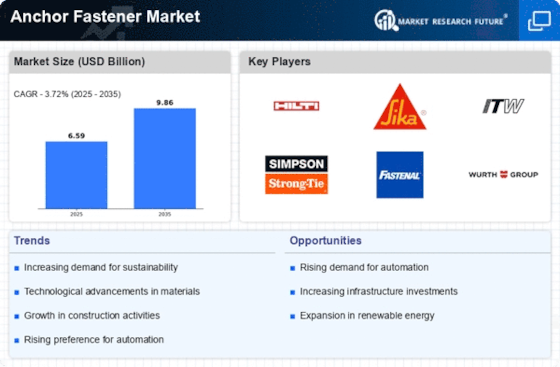
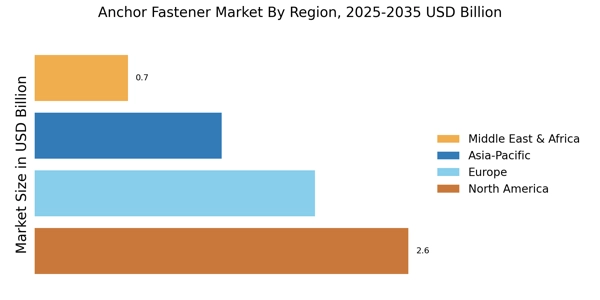
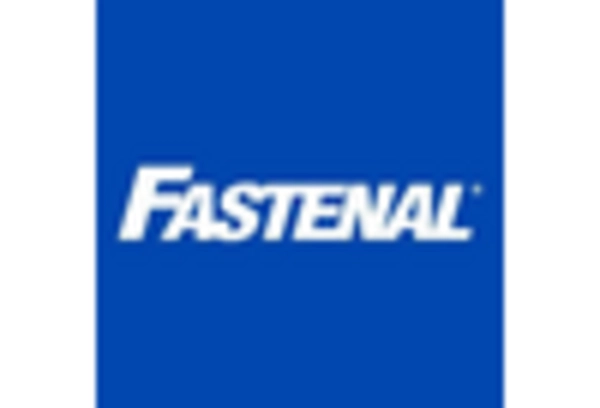
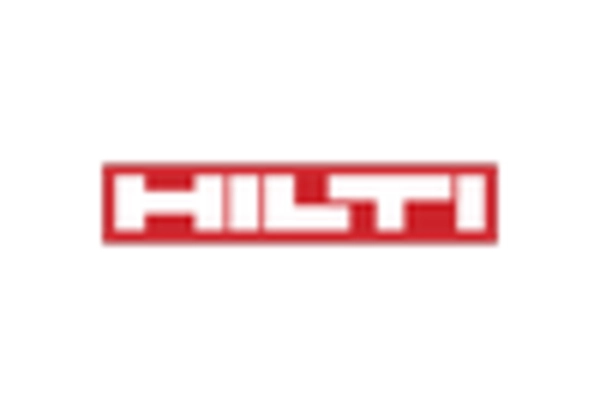
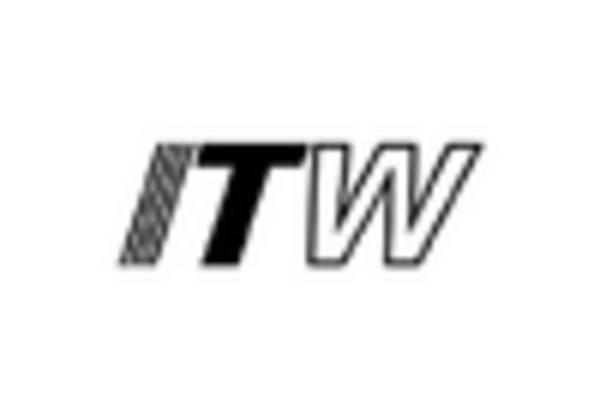


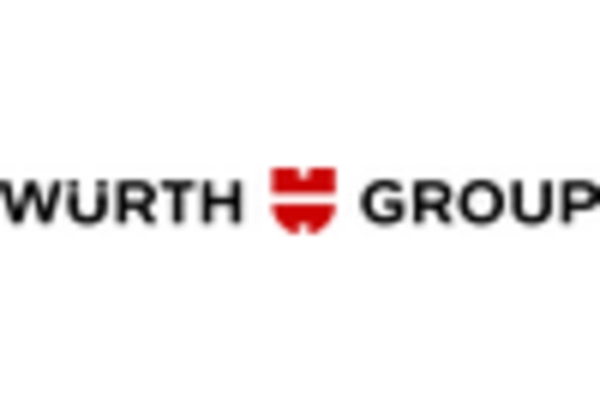








Leave a Comment